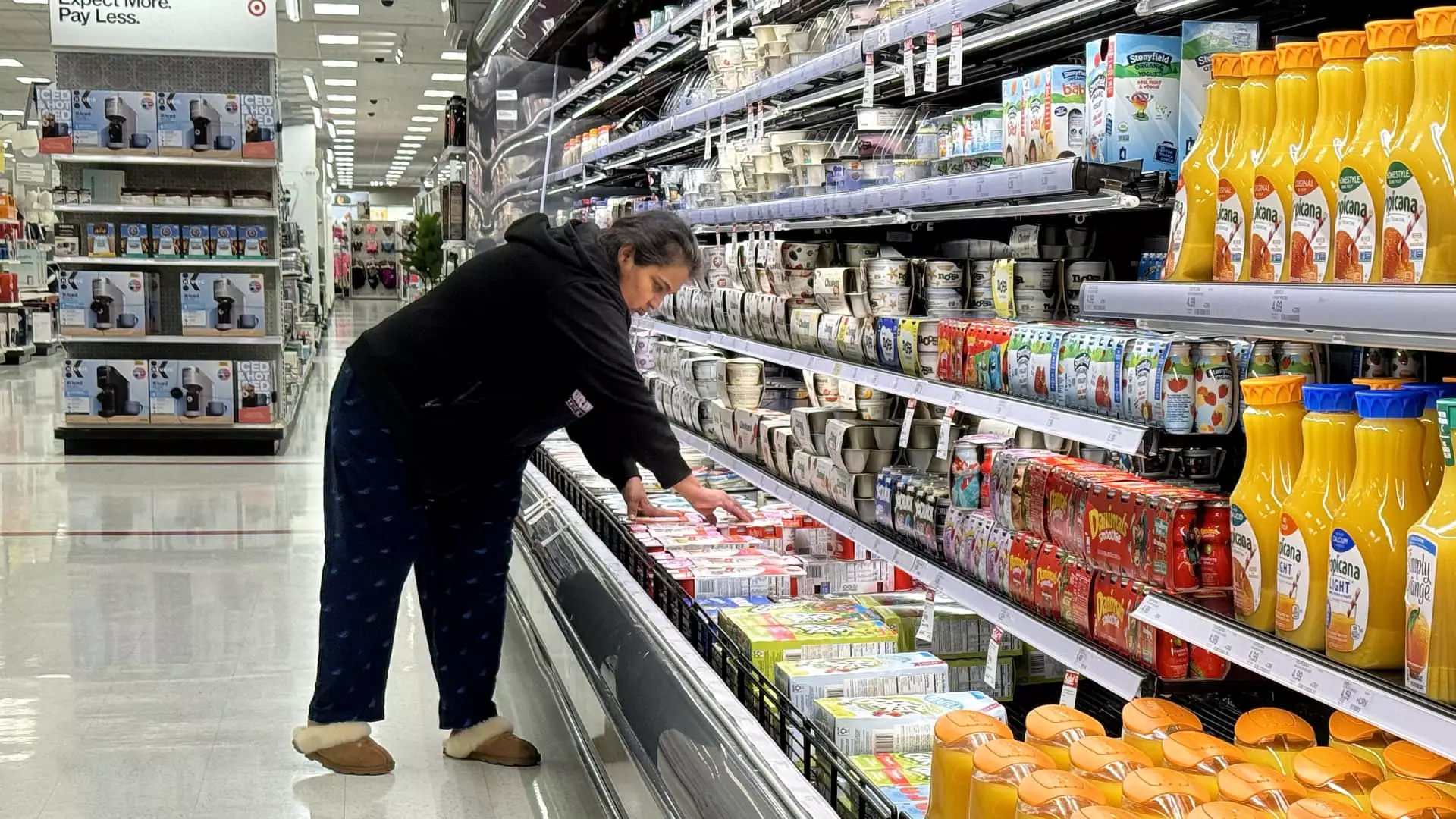Inflation continues to be a major concern as key indicators show little signs of improvement. The personal consumption expenditure price index, a critical measure closely monitored by the Federal Reserve, remained at an elevated level in March. Excluding food and energy, the index increased by 2.8% from a year ago, consistent with the previous month’s figure. This exceeded the 2.7% estimate from the Dow Jones consensus. Including food and energy, the all-items price gauge surged by 2.7%, surpassing the 2.6% projection. Despite these worrisome numbers, the reaction in the market was relatively muted, with Wall Street showing a tendency to open higher. However, Treasury yields experienced a decline, underlining the delicate balance between inflation and economic growth.
Consumers have demonstrated resilience in the face of elevated price levels, as personal spending rose by 0.8% in March – a figure slightly higher than the initial estimate. Personal income also increased by 0.5%, indicating a relative stability in consumer confidence. However, the personal saving rate fell to 3.2%, posing concerns about the sustainability of spending patterns. With inflationary pressures persisting, consumers may find it increasingly challenging to maintain their purchasing power over the long term. The Federal Reserve faces a delicate balancing act between supporting economic growth and preventing runaway inflation.
The latest inflation data, combined with lackluster economic performance, is likely to influence the Federal Reserve’s decision-making process regarding future monetary policy. Despite calls for rate cuts, policymakers remain cautious, urging investors not to become overly complacent about the threat of inflation. George Mateyo, Chief Investment Officer at Key Wealth, emphasized the importance of a nuanced approach to interest rate adjustments. The Fed’s long-standing target of 2% inflation has been consistently exceeded, raising questions about the effectiveness of current monetary policy measures. As central bank officials monitor the data closely, the prospect of rate cuts remains uncertain, contingent upon further developments in the labor market.
The core PCE index, which excludes food and energy prices, offers insights into longer-term trends in inflation. While services prices exhibited a 0.4% increase on a monthly basis, goods saw a slight uptick of 0.1%. This shift reflects the evolving nature of consumer behavior, particularly during the Covid-19 pandemic. Food prices experienced a marginal decline of 0.1%, while energy costs rose by 1.2%. Over a 12-month period, services prices surged by 4%, highlighting the persistent impact of inflation on essential services. In contrast, goods prices remained relatively stable, with a minimal increase of 0.1%. The divergence between goods and services inflation underscores the complex dynamics at play within the broader economy.
The battle against inflation continues to be a significant challenge for policymakers and consumers alike. The latest data reinforces concerns about sustained price pressures and their impact on economic stability. As the Federal Reserve navigates the delicate balance between supporting growth and containing inflation, a nuanced approach to monetary policy is essential. Consumer behavior, market reactions, and long-term trends all contribute to the complex landscape of inflation management. By staying vigilant and responsive to changing economic conditions, stakeholders can work towards a more sustainable and resilient future.


Leave a Reply